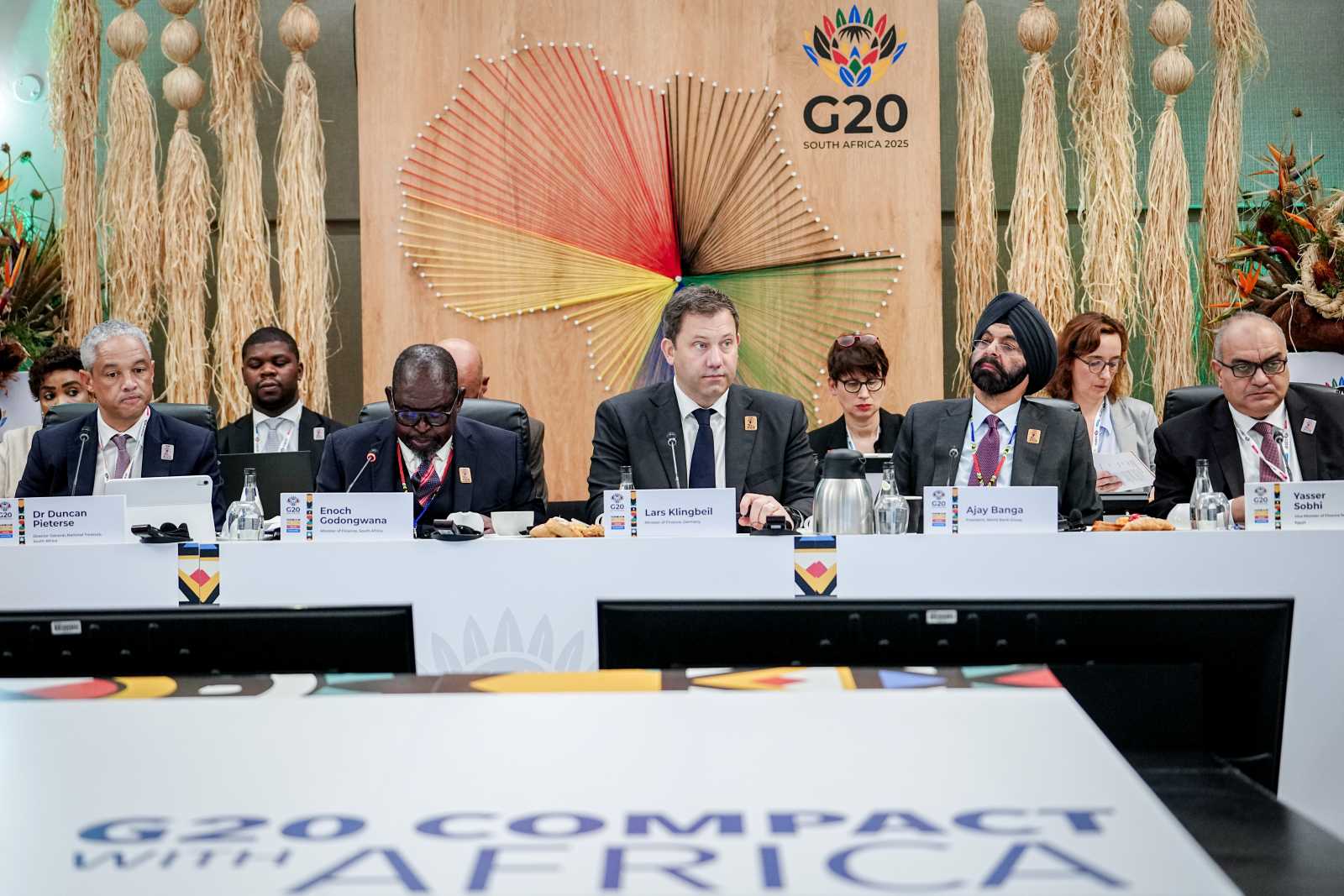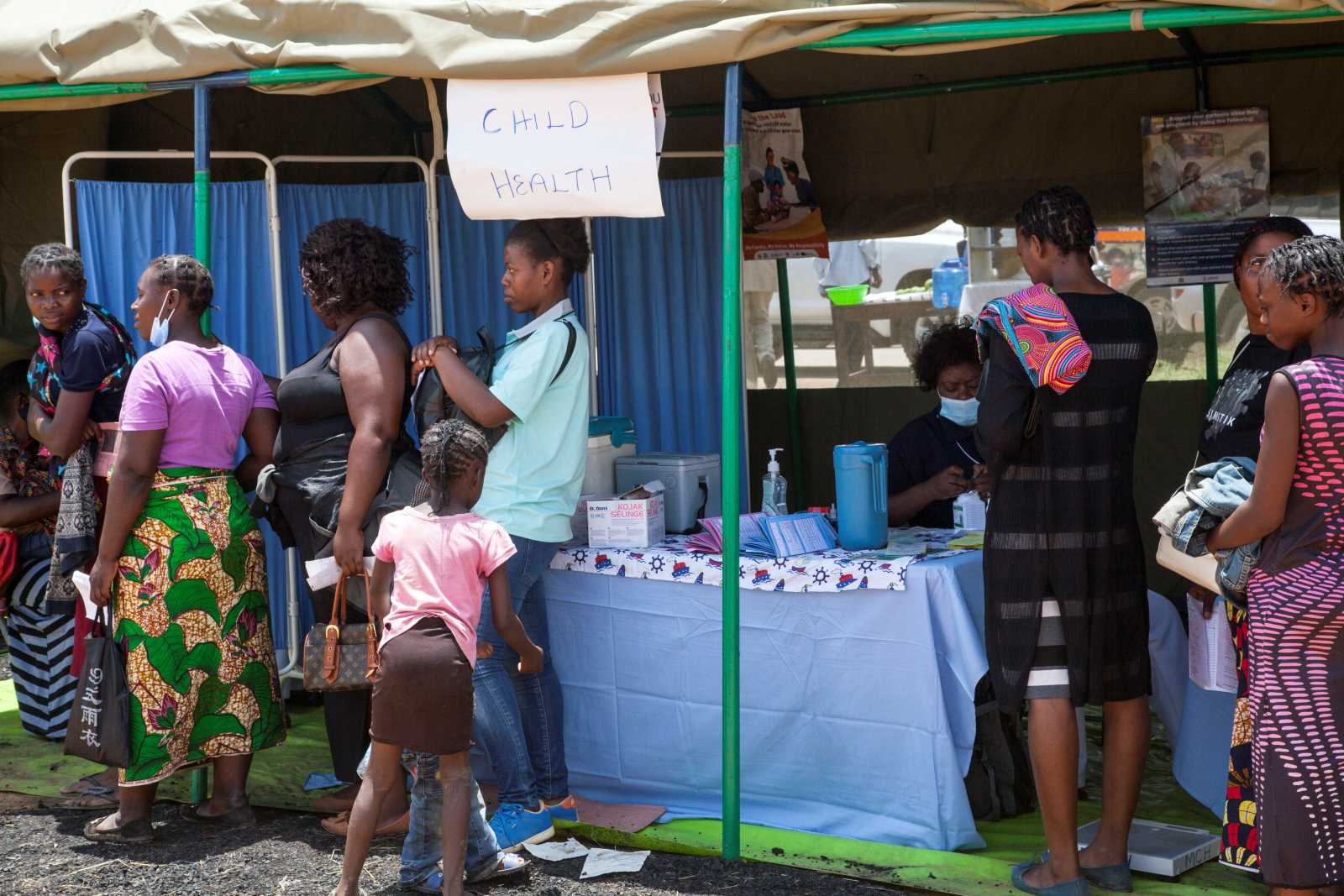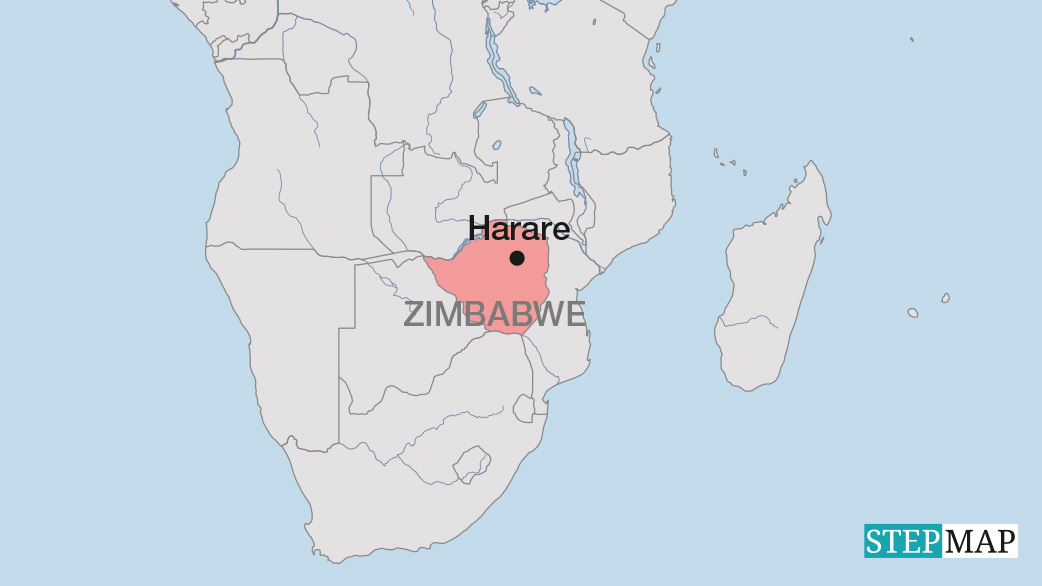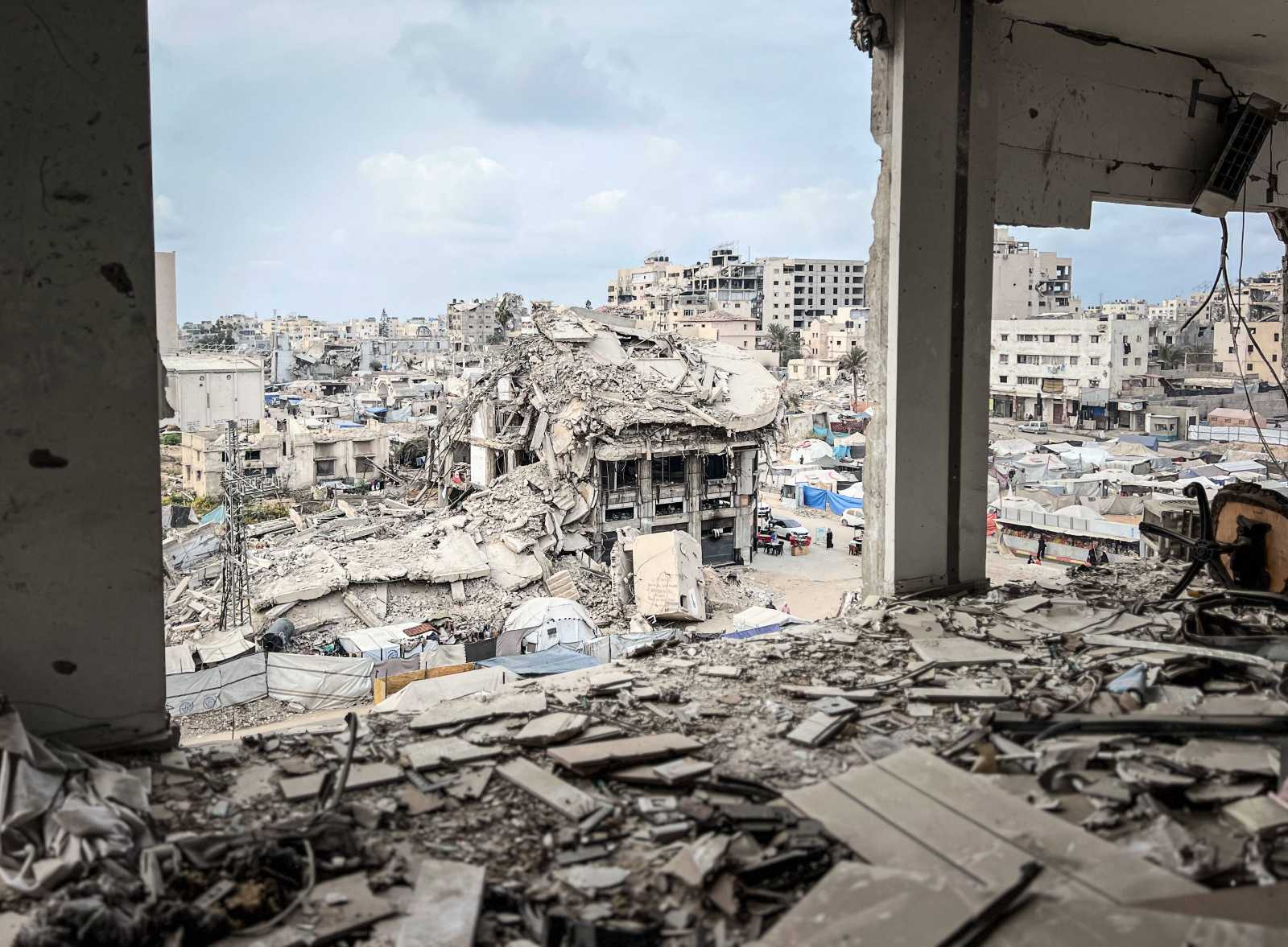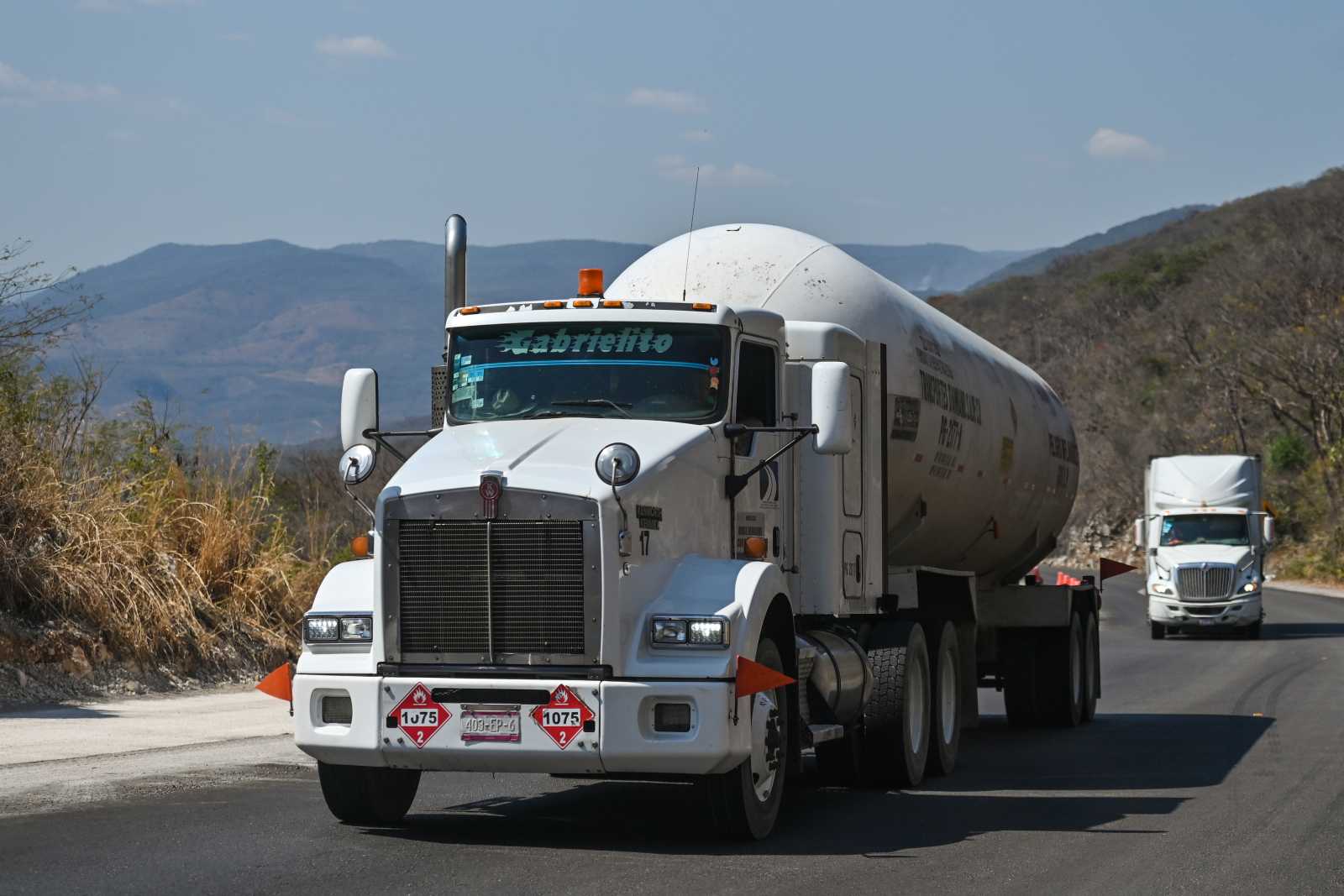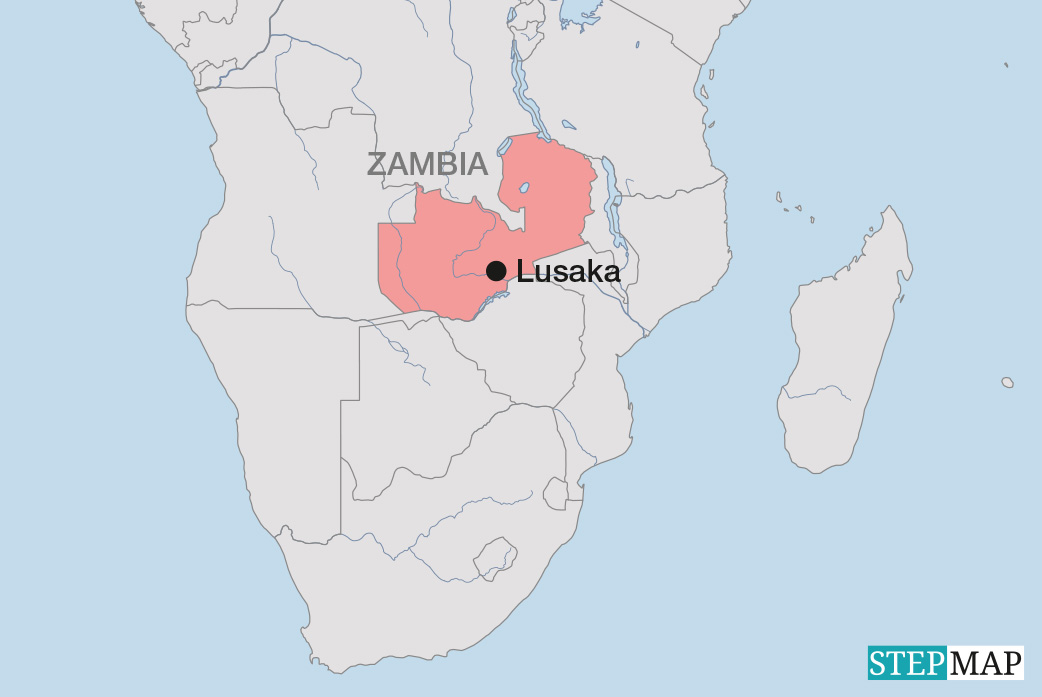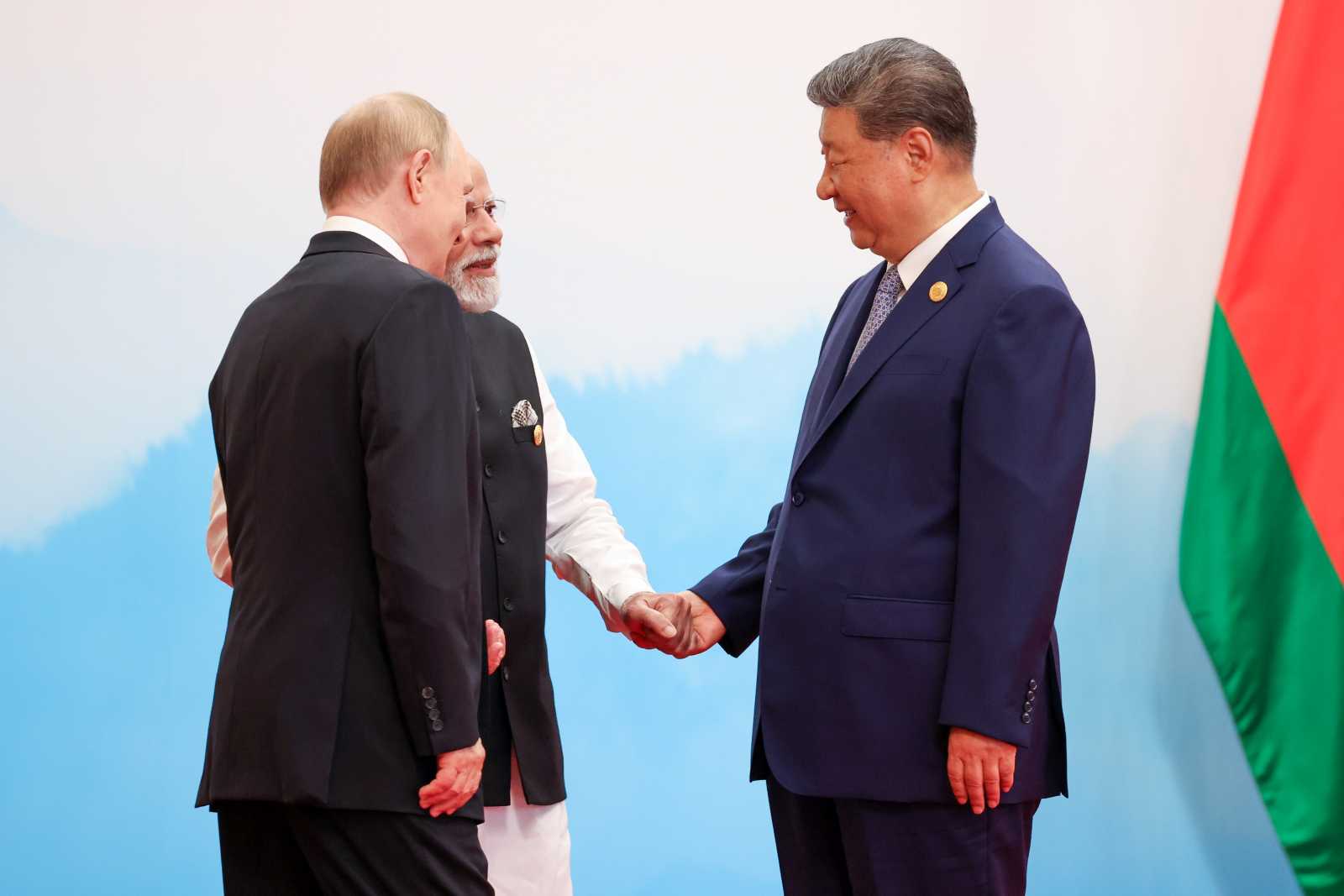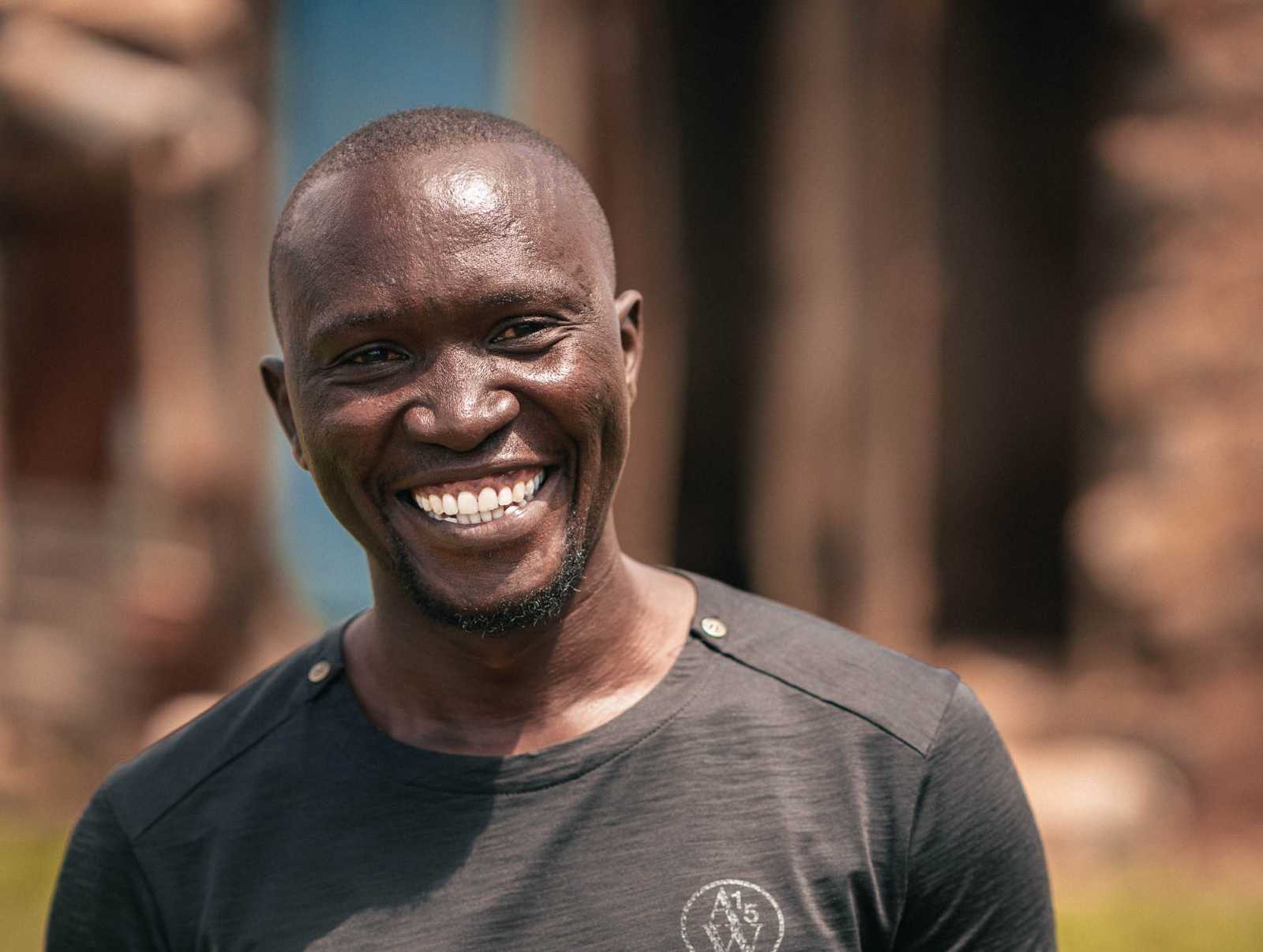Financing for development
Facts and figures
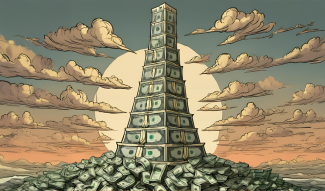
The FfD process
2002, Mexico
Monterrey Consensus: First comprehensive international conference on financing for development. Discussions focus on how to improve policy and regulatory frameworks in developing countries to mobilise more domestic resources and foreign direct investment. Trade liberalisation is called for to create better export conditions for developing countries, but the results fall short of the demands. The target for industrialised countries to provide 0.7 % of their gross national income (GNI) for official development assistance (ODA) by 2015 is reaffirmed, but no firm commitment is made.
2008, Qatar
Doha Declaration: Given the impact of the financial crisis on developing countries, there are calls for the international financial system to be reformed and stabilised and for developing countries to have a greater say in global financial institutions such as the IMF and the World Bank. Other issues include the fight against tax evasion and avoidance.
2015, Ethiopia
Addis Ababa Action Agenda: The existing goals are reaffirmed and linked to the UN’s Sustainable Development Goals (SDGs) and climate finance. The focus is on mobilising new sources of financing, for example through public-private partnerships. ODA is to be used to a greater extent to mobilise private capital flows. The importance of sustainable public debt policies and the need for debt relief for countries in crisis are emphasised.
2025: Spain, Seville
The implementation of previous agreements will be assessed. The SDGs are back on the agenda, as is a reform of the international financial architecture. Topics to be discussed include the debt crisis, international cooperation on tax and illicit financial flows, private sector engagement, trade policy, ODA and multinational development banks.
Development finance in figures
0.37 %
of gross national income was spent on ODA by the OECD-DAC countries in 2022. This is well below their target of 0.7 %*
$ 6.4 trillion
is the projected financing gap to achieve the SDGs by 2030, according to OECD estimates**. This figure does not yet include the expected decline in US development funding from 2025 onwards.
On average, aid accounts for 11 % of gross national income (GNI) in seven African countries***. With USAID providing around 30 % of this, the US funding cut could result in losses of more than three percent of GNI. South Sudan and Somalia would be hardest hit, though Sudan and DR Congo would also be badly affected.
36 %
is the increase in annual financing needed to achieve the SDGs in developing and emerging economies from 2015 to 2022. Yet resources grew by only 22 % over this period, causing the annual financing gap to increase from $ 2.5 trillion to $ 4 trillion.**
4 out of 10 people
live in countries that spend more on interest payments than on education or health.****
24.3 %
was the proportion of external debt stocks to gross national income in low- and middle-income countries in 2023. This was slightly lower than the figure of 28.6 % recorded in 2020, the year of the Covid-19 pandemic.*****
$ 100 billion
will be made available by the World Bank’s IDA fund for development investment over the next three years. A record sum.
Sources
* OECD Trends and Statistics.
https://www.oecd.org/en/topics/oda-trends-and-statistics.html
** OECD „Global Outlook on Financing for Sustainable Development 2025“.
https://www.oecd.org/en/publications/global-outlook-on-financing-for-sustainable-development-2025_753d5368-en.html
*** Semafor „Seven African countries to be hit hardest by Trump’s USAID cuts“.
Trump’s USAID cuts hit Africa hardest | Semafor
**** UNCTAD „A World of Debt“.
https://unctad.org/publication/world-of-debt
***** World Bank.
https://datatopics.worldbank.org/debt/ids/regionanalytical/lmy/counterpartarea/wld
Isah Shafiq is a student of political science at Goethe University Frankfurt and a student assistant at D+C.
euz.editor@dandc.eu

